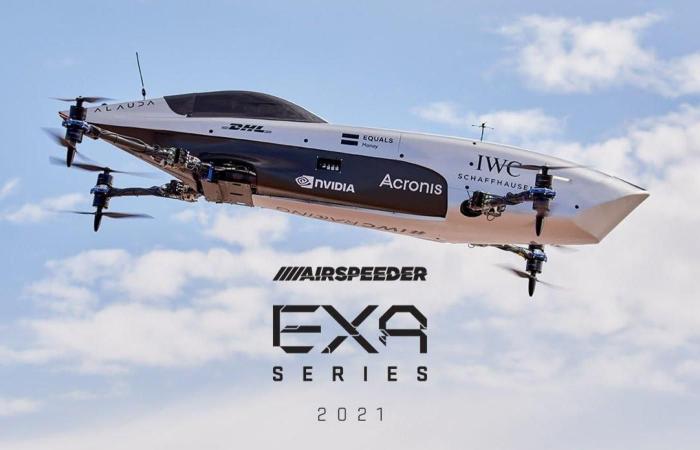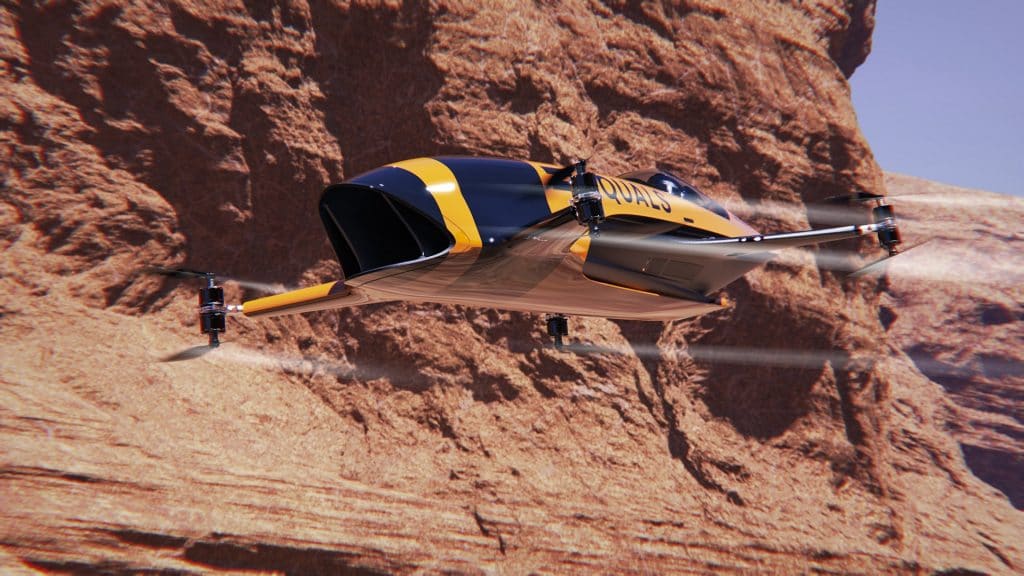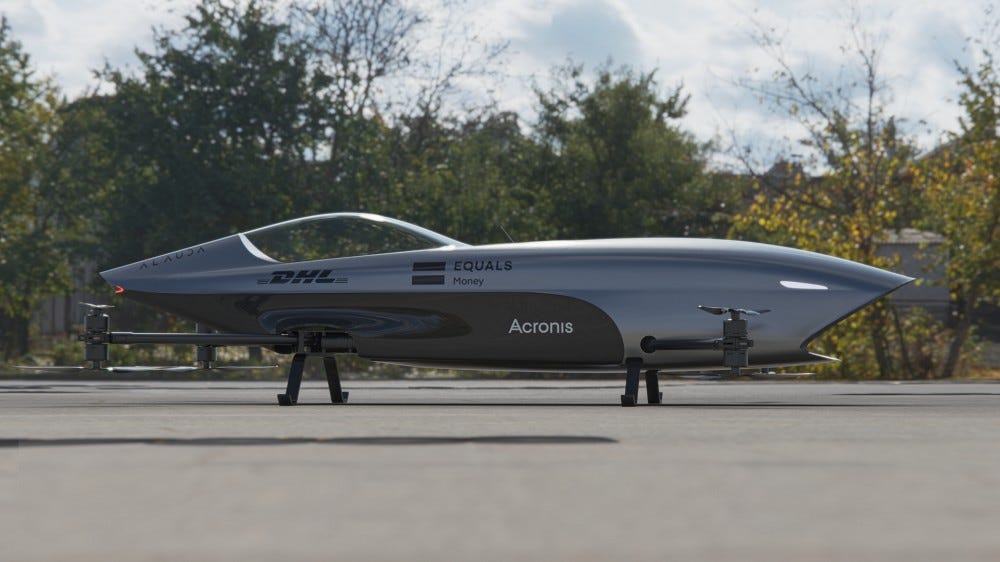
Airspeeder successfully finished test flights for its electric flying race cars. This could be the future of racing. The company aims to hold uncrewed races in late 2021.
Flying race cars may seem like something straight out of a sci-fi movie, but it is a reality today. Airspeeder is giving shape to this fantasy with its Alauda-manufactured flying cars. Named the Alauda Mk3, this craft is an electric vertical takeoff multi-copter. It is called an eVTOL and weighs 103 kilograms. It can reach speeds of 62 mph from zero in 2.8 seconds. In addition, it can climb up to 500 meters.
About the Creators

Both Airspeeder and Alauda Aeronautics were founded by Matthey Pearson. Alauda handles the production and design, while Airspeeder handles the racing series. Airspeeder’s racing series, the EXA, is an awaited event. Pearson says that “EXA delivers on the promise of a future first shown in science fiction. We are proud to introduce a sport that redefines what humans and machines can achieve together.” There are plans for manned races to start in 2022.
Pilots will see the sky tracks through augmented reality. In addition, Airspeeder has included experts from the aviation, esports, and motorsport fields to control the flying race car. Airspeeder also signed the UN’s pledge for sustainability, joining the ranks of FIA, Formula E, Extreme E, and others.
The Successful Maiden Flight
The Alauda Mk3 took its first test flight in a South Australian desert. After Airspeeder signed the UN’s Sports for Climate Change pledge, they have spearheaded them with this flying race car.
The test took place under the Australian Civil Aviation Safety Authority’s supervision. The batteries take 20 seconds to swap. In addition to this, they can hold 15 minutes of charge.
In fact, Airspeed says that the “successful execution of these flights means that uncrewed electric flying car Grands Prix will take place in 2021 at three soon-to-be-revealed international locations.”

How Safe is the Mk3?
The Mk3 weighs around 130 kg without a pilot and reaches speeds of 100 kmph in 2.8 seconds. However, Airspeeder revealed that the systems approach to building the craft ensures that a single operation failure will not cause loss of primary vehicle functions. In fact, you can monitor all systems from the ground with telemetry.
Matthew Pearson feels that the world is ready to see advancements in airborne mobility, and these racing series represent the potential and future of motorsports.






